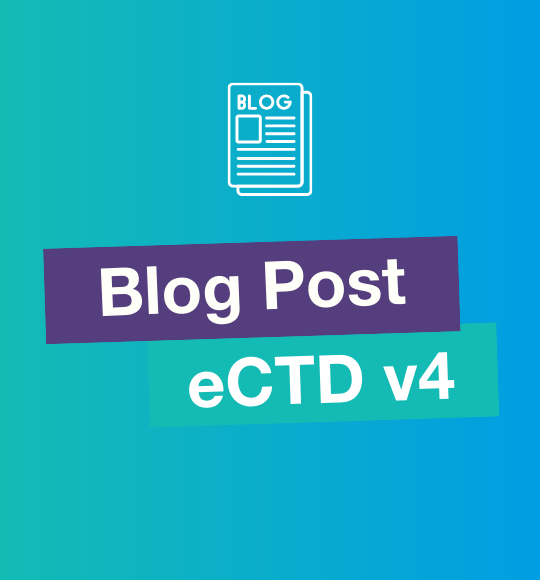.jpg?width=576&height=265&name=Blog%20Post_What%20is%20ePI%20-%20Definition%20and%20Explanation%20(1).jpg)
What is ePI? - Definition and Explanation
The acronym “ePI” also comes up occasionally in the regulatory environment. What is the definition of ePI, and what does it stand for? Let’s find out what ePI means and how it might affect regulatory processes.
ePI - forward-thinking and innovative
ePI stands for “Electronic Product Information.” It is a digital version of the Product Information, a Summary of Product Characteristics (SmPC), a package leaflet, and labeling for medicinal products. Designed to provide healthcare professionals and patients easy access to important information about medicines in an easy-to-understand and user-friendly format, it can be accessed through various electronic channels such as websites, mobile apps, and other digital platforms. But why is that even necessary?
Why ePI?
As you know, every box of medications comes with a package insert
How does ePI work and EMA's impact
The European Medicines Agency (EMA) launched the Electronic Product Information Initiative in 2015 to improve patient safety and increase the transparency and accessibility of information about medicines. In 2020, the European Medicines Agency published some key principles to pave the way for introducing electronic product information (ePI) in Europe. A common standard is envisaged, which should be based on FHIR. In addition, the new application should be user-friendly, accessible, and, above all, multilingual. For example, the e-Product Information should be able to easily explain to both patients as well as healthcare providers how to take medicines in all EU languages.
Currently, ePI is not legally mandatory, but the EMA committed to implementing ePI as a recommended digital source of information. This improves patient safety and enhances the transparency and accessibility of drug information.
Advantages of ePI
One of the primary and apparent benefits of ePI is the increased accessibility of information. Traditional paper-based product information can be challenging to access or understand, particularly for patients with limited literacy or language skills. ePIs can be accessed easily from any device with an internet connection and can be translated into multiple languages to improve accessibility for non-native speakers.
Another key advantage of ePIs is their flexibility. Unlike traditional paper-based product information, ePIs can be updated and revised quickly and easily. This ensures that patients and healthcare professionals have access to the most accurate and up-to-date information about the medicines they use, improving patient safety and healthcare outcomes.
.png)


